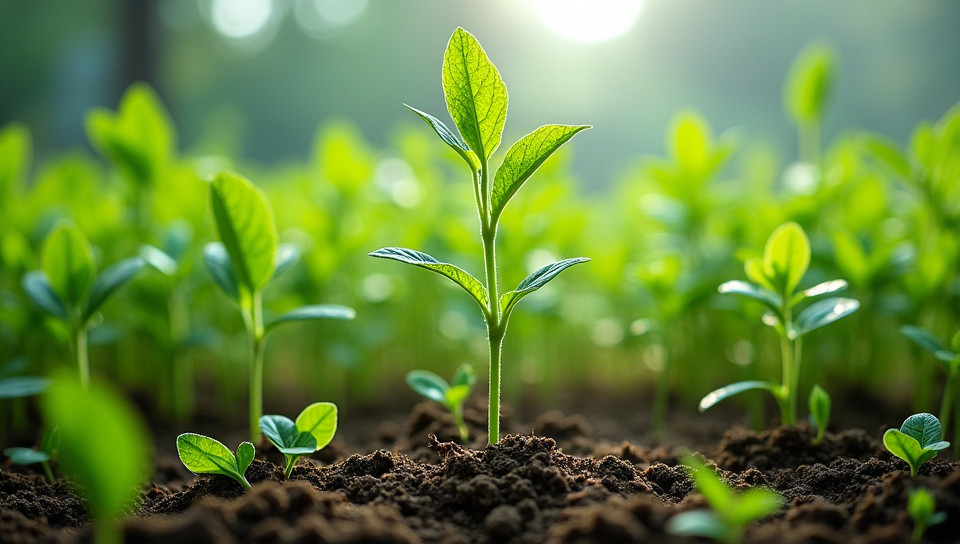Soilless cultivation uses nutrient-rich solutions for plant growth 87%
Truth rate:

Pros: 8
Cons: 2
Refs: 0
Info:
- Created by: Zion Valdez
- Created at: Oct. 10, 2024, 8:08 p.m.
- ID: 11278
Related:
